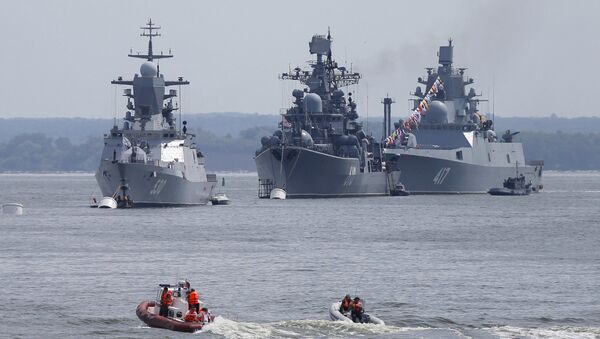The reunification of Crimea with Russia in March 2014 and the release of the Maritime Doctrine of the Russian Federation 2020, in July 2015, are two main developments which confirm that the Russian Navy is making a comeback.
The Crimean city of Sevastopol is the home of the Russian Navy’s Black Sea Fleet and the Sevastopol Shipyard. Since the reunification of Crimea, Russia has restored firm control over the port city and modernization of the navy fleet is underway.
The Maritime Doctrine of the Russian Federation 2020 divides Russian naval policy between six regions: the Atlantic, Arctic, Antarctic, Caspian, Indian Ocean, and Pacific.
Russia also has naval access to the Syrian ports of Tartus and Latakia. In Soviet times, the navy had access to Algeria, Libya, Egypt, and Yugoslavia to sustain continuous naval influence in the Mediterranean Sea, American magazine The National Interest wrote.
It was earlier reported that Russia is modernizing 12 nuclear-powered submarines as part of an ambitious project to extend the life of the vessels by another 20 years, according to Russian Defense Minister Sergei Shoigu.
According to navy and shipyard representatives, the upgrades include new missiles and other weapons. The work aims to put the submarines on the same technological level as Russia's next-generation nuclear-powered boats, such as the new Project 885M Yasen-class submarines.
Right now Russia is restoring its access to naval bases and further sustaining its naval presence in the western Mediterranean and eastern Atlantic oceans.



